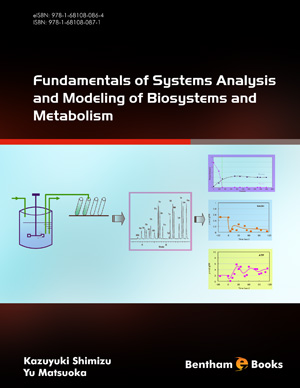Abstract
Kinetic models for the main metabolic pathways such as glycolysis, TCA cycle, pentose phosphate pathway together with anaplerotic pathways and gluconeogenic pathways are explained. Kinetic models for substrate uptake pathways such as glucose PTS, glycerol uptake pathways, and xylose assimilating pathways are then explained. Kinetic models for the fermentation pathways under anaerobic condition are also explained. Moreover, kinetic models for amino acid synthetic pathways such as glutamic acid/ glutamine synthetic pathways and lysine synthetic pathways are explained. Unlike flux balance analysis based on the stoichiometric constraints, kinetic modeling approach based on enzymatic reactions for the metabolic pathways can be easily extended for the inclusion of enzyme level and transcriptional regulations, and the kinetic models can reasonably express the dynamics.
Keywords:
Kinetic modeling, Embden-Meyerhoff-Parnas pathway, glycolysis, pentose phosphate pathway, TCA cycle, gluconeogenic pathway, amino acid synthesis, carbohydrate metabolism, nitrogen metabolism, anaerobic fermentation, lysine synthetic pathway.

